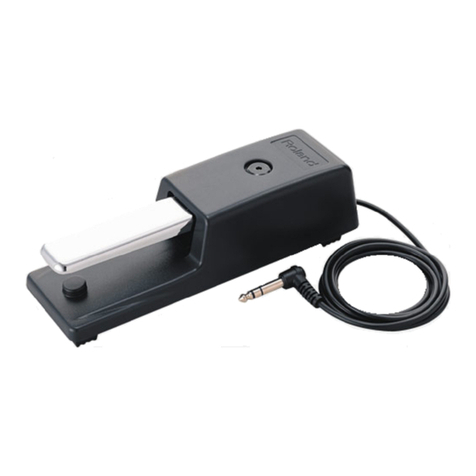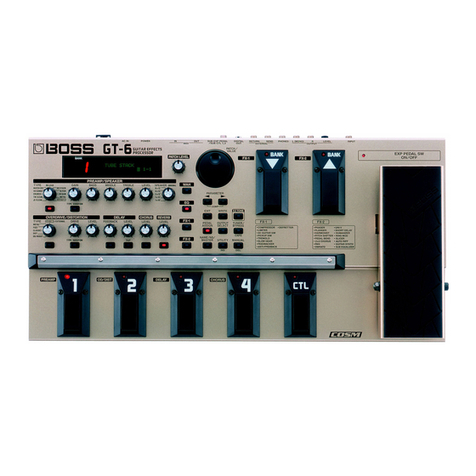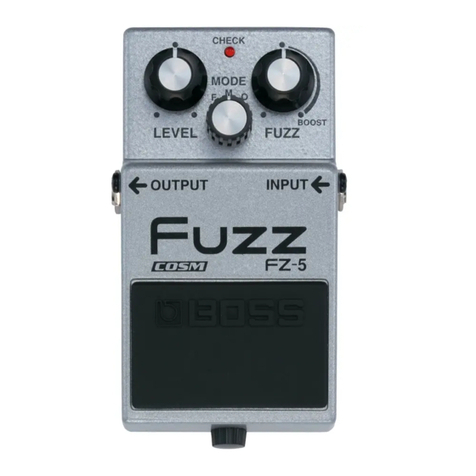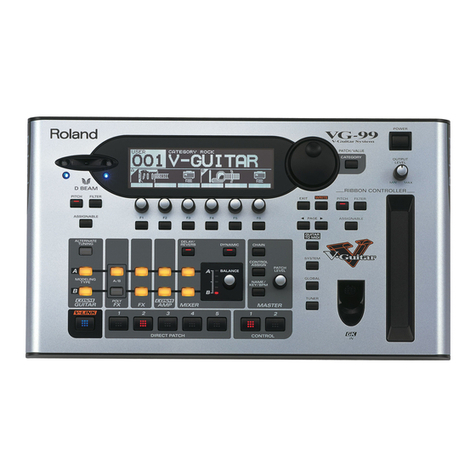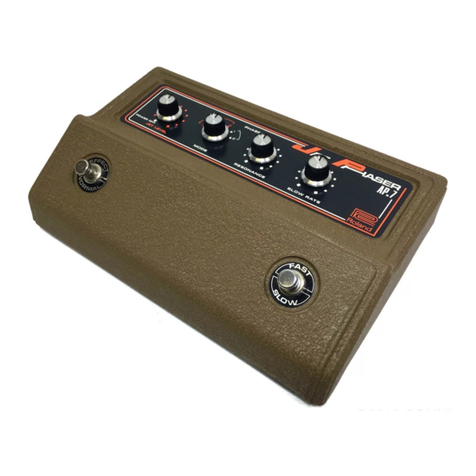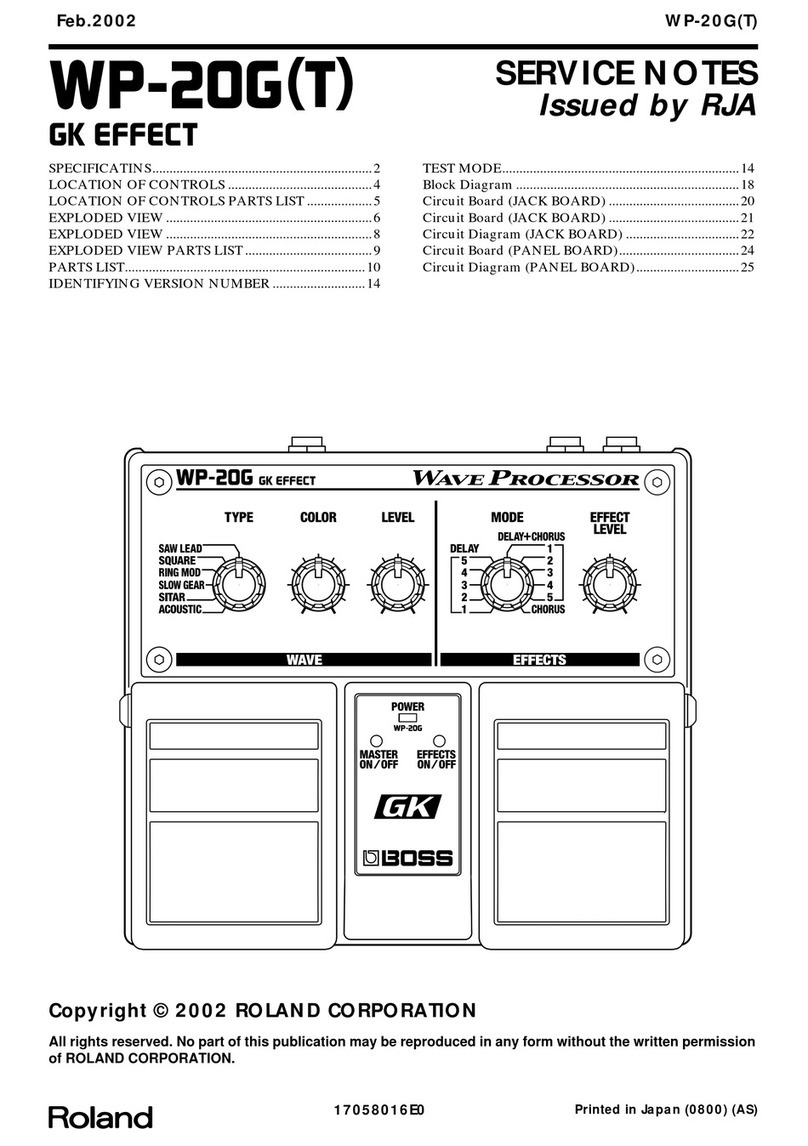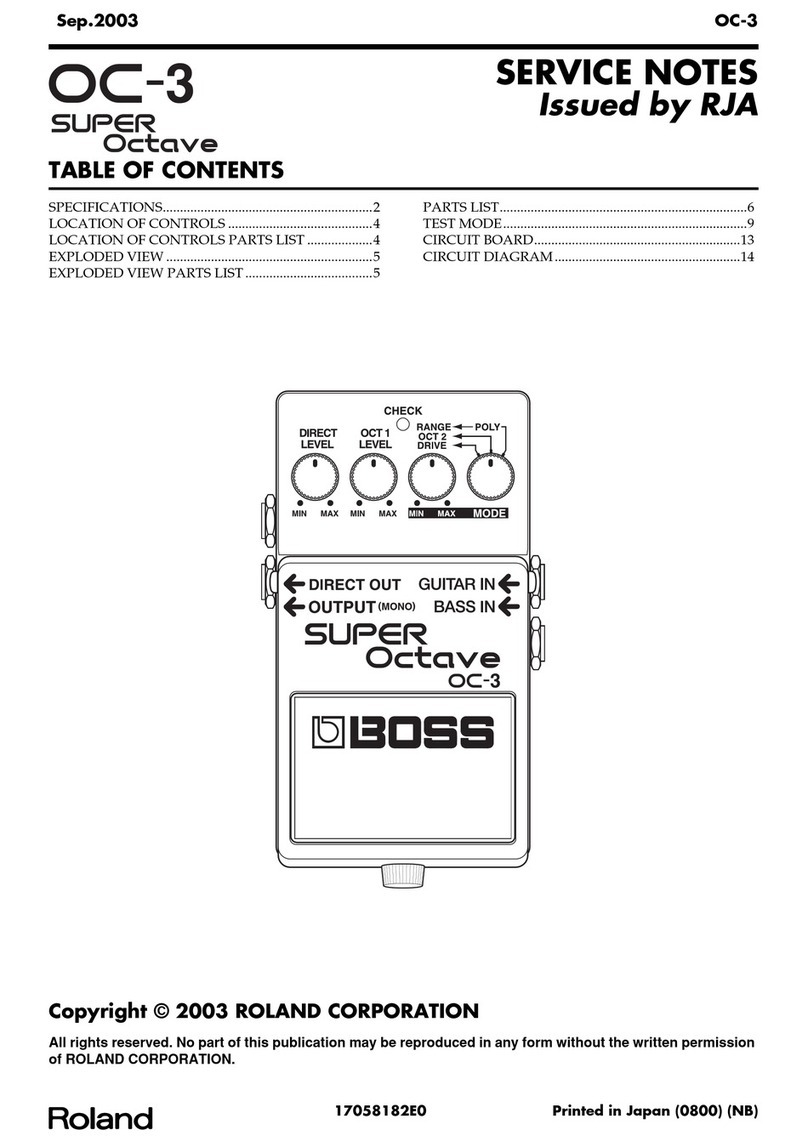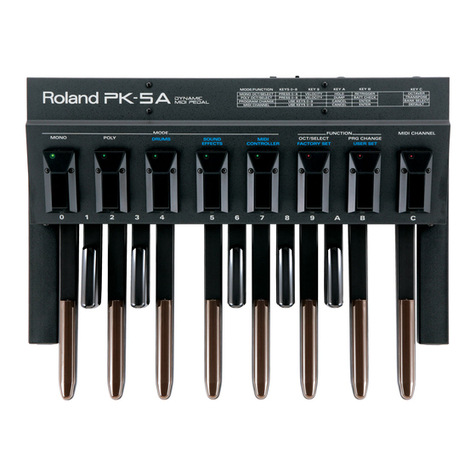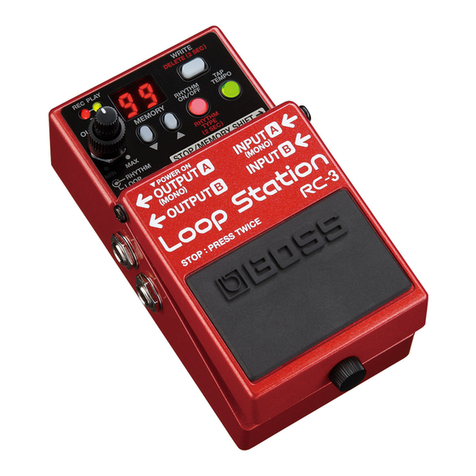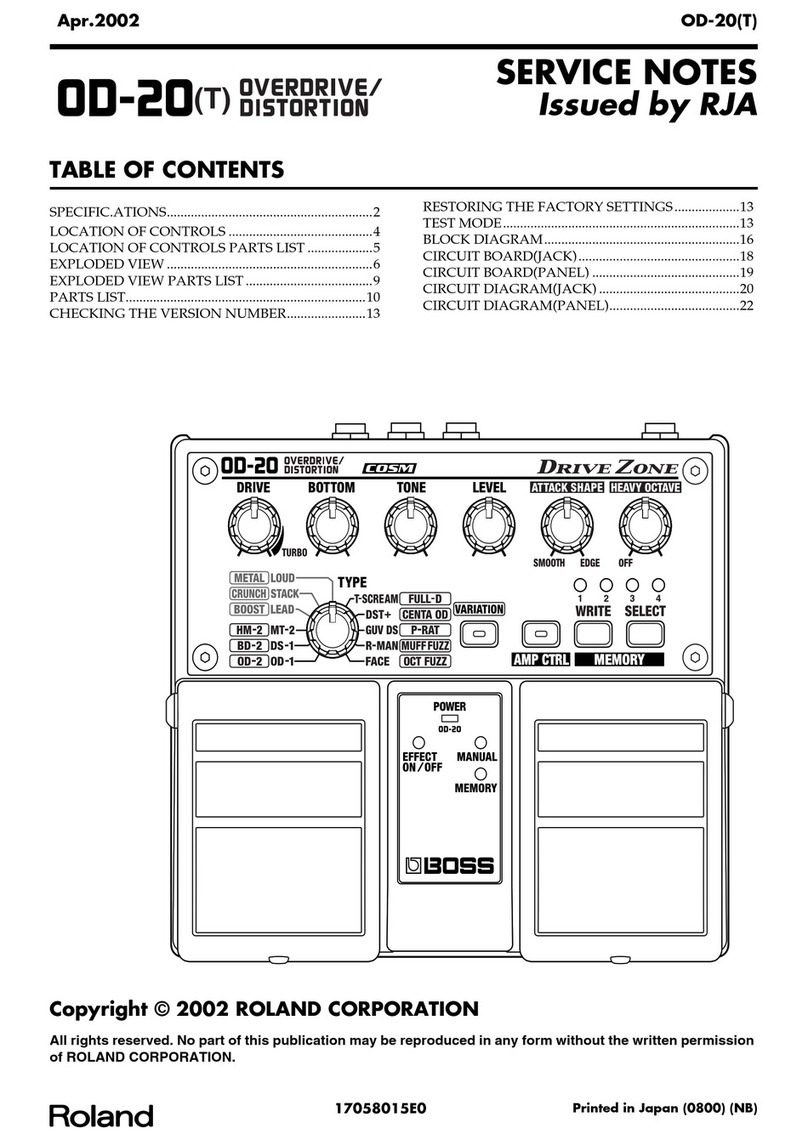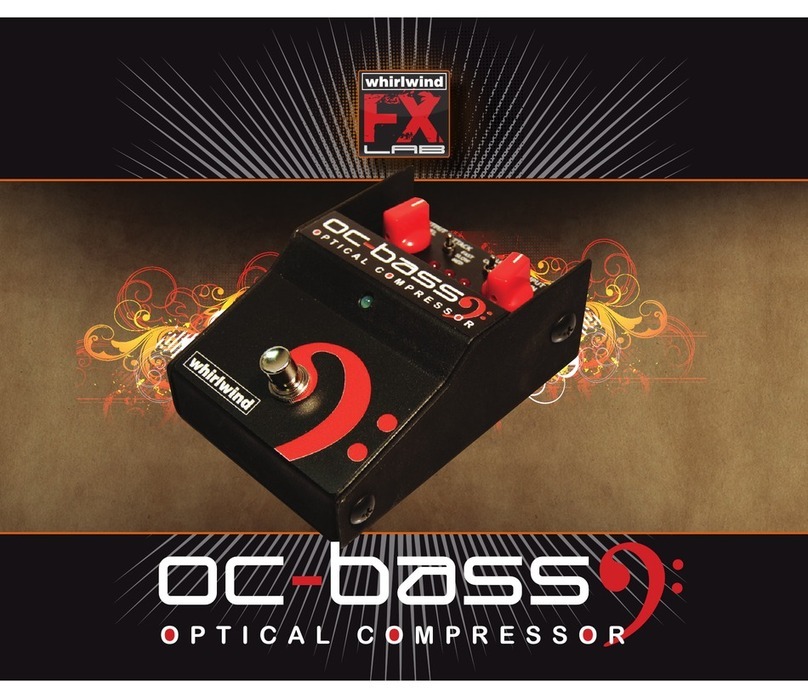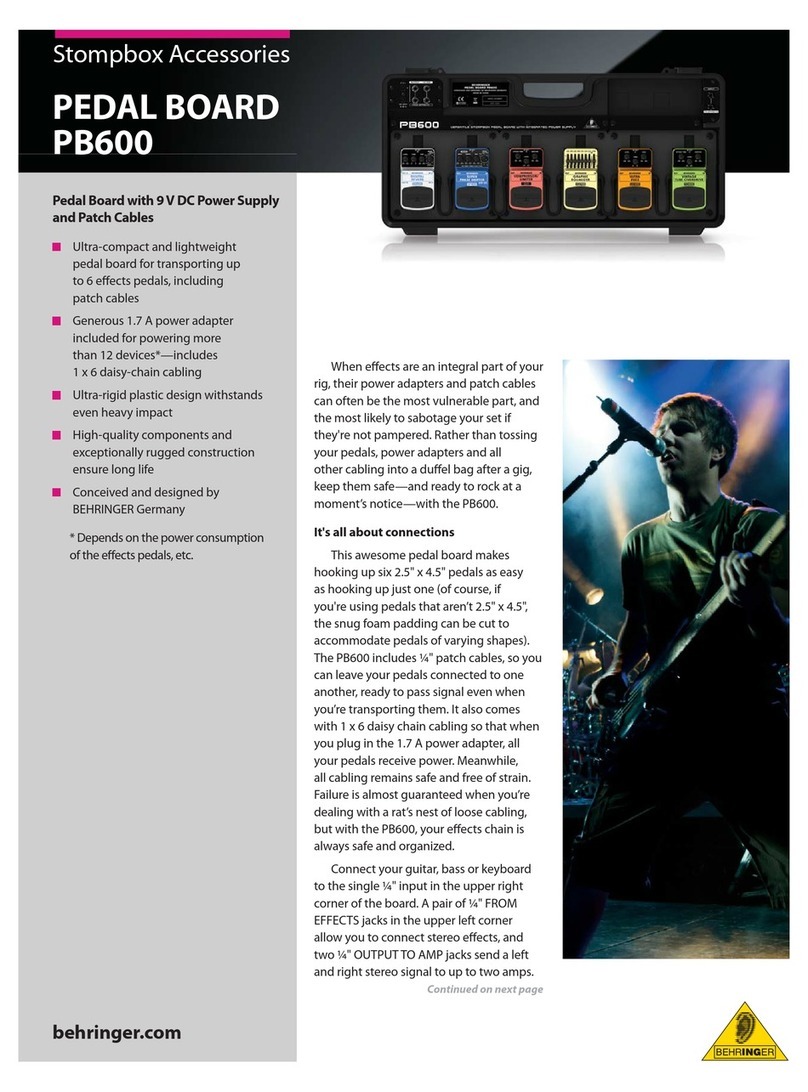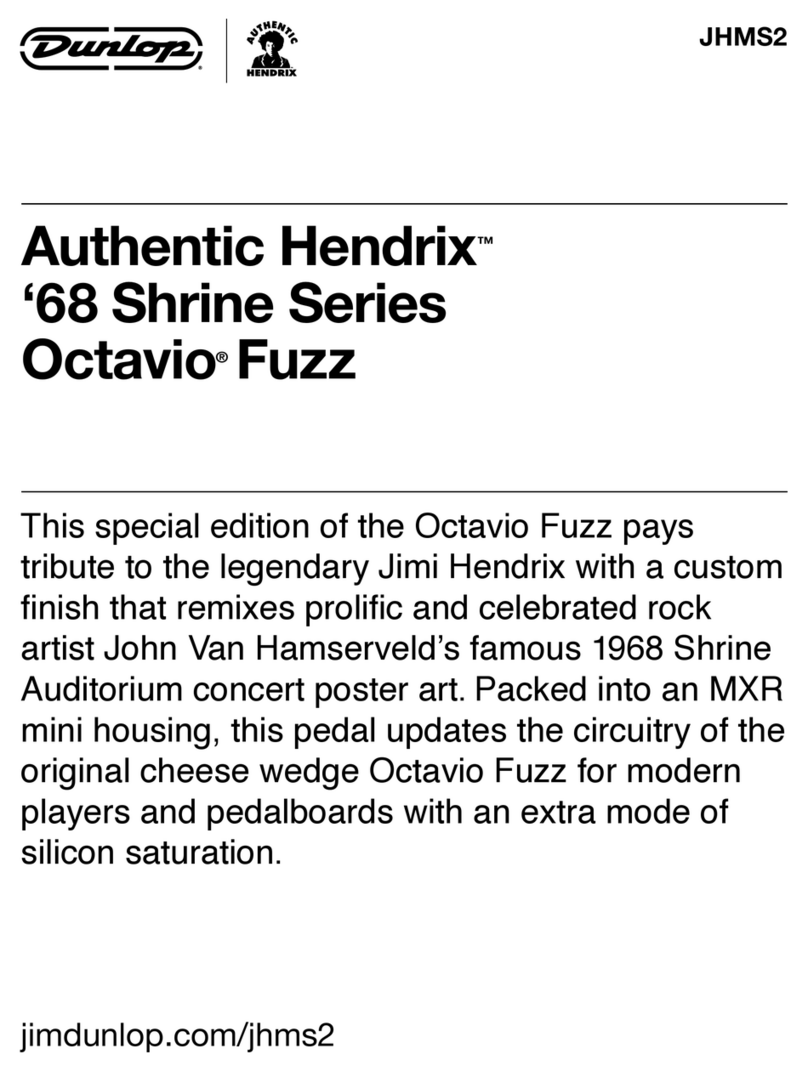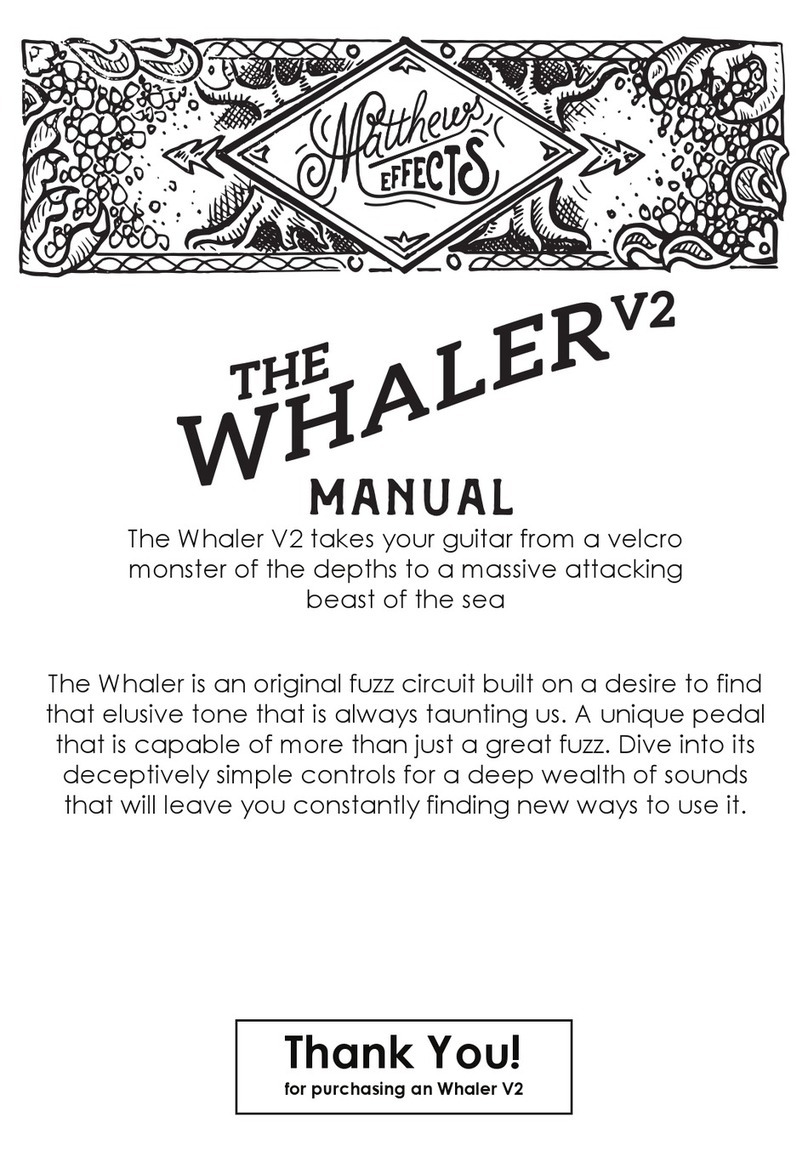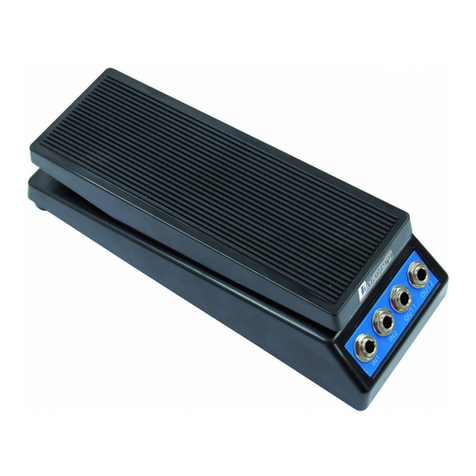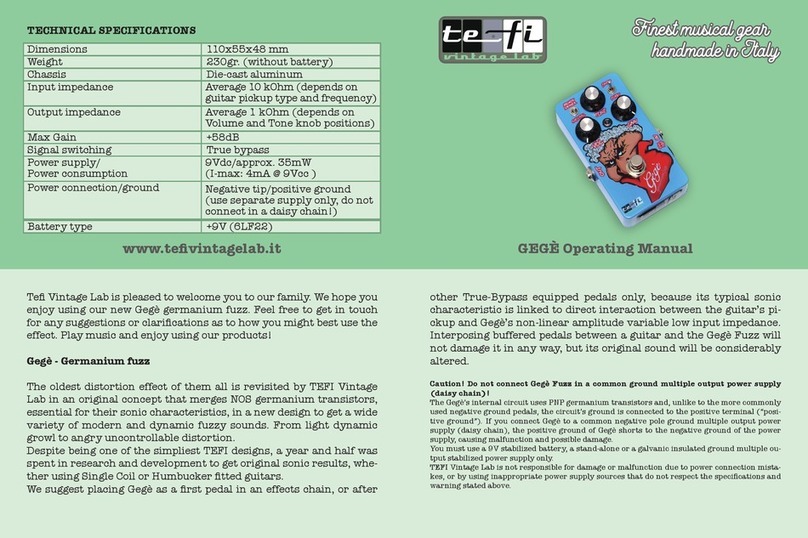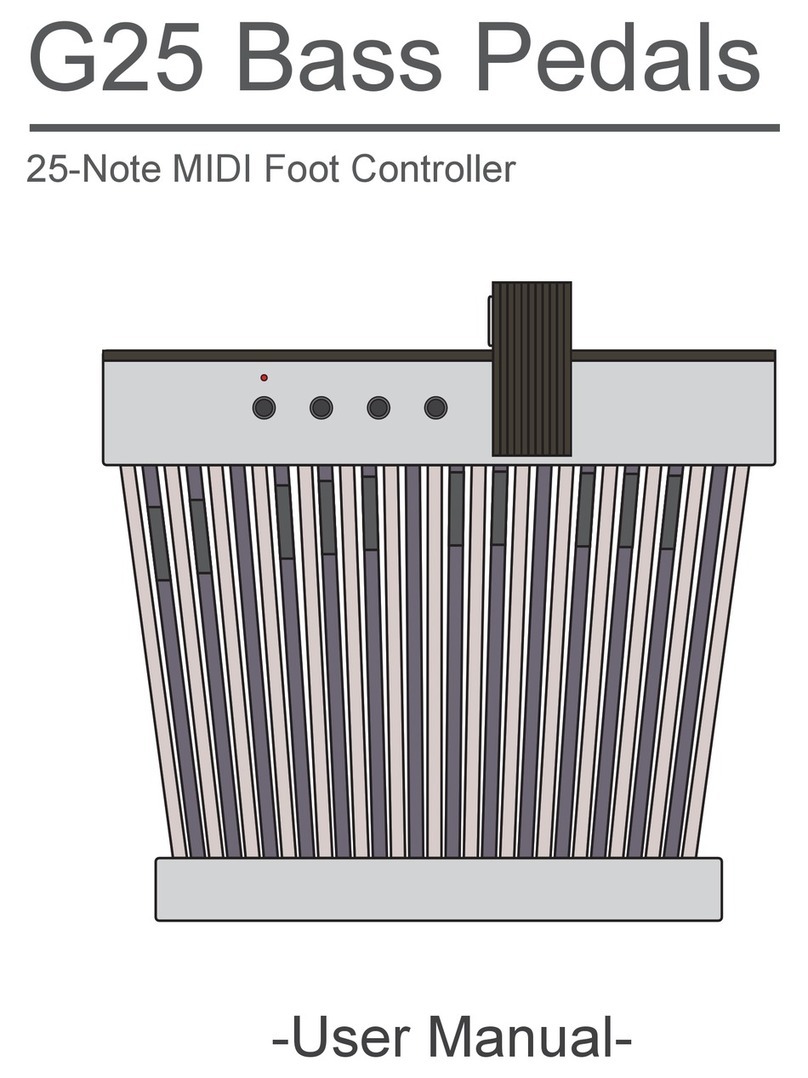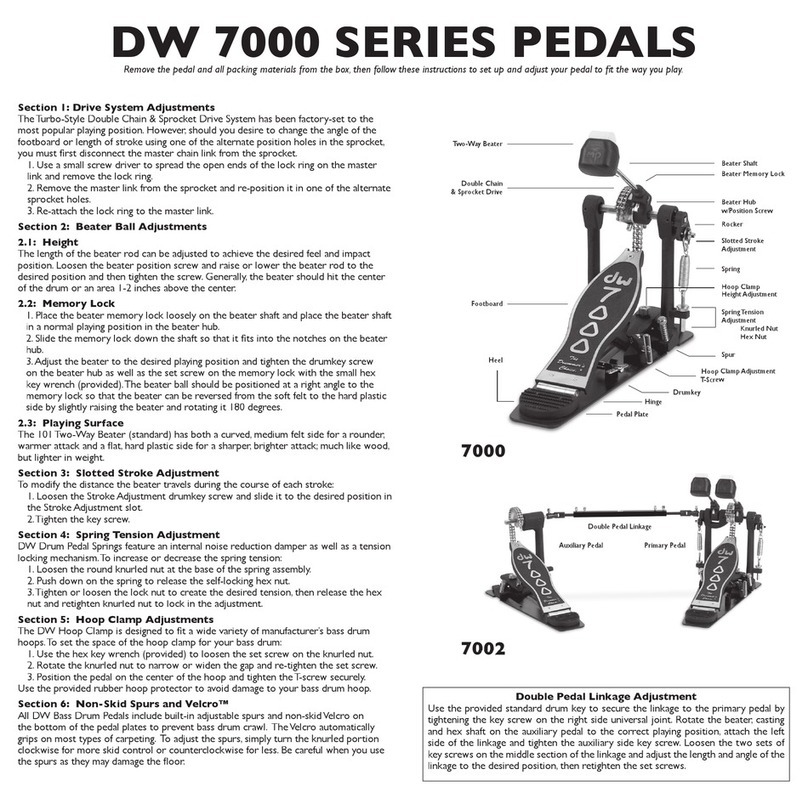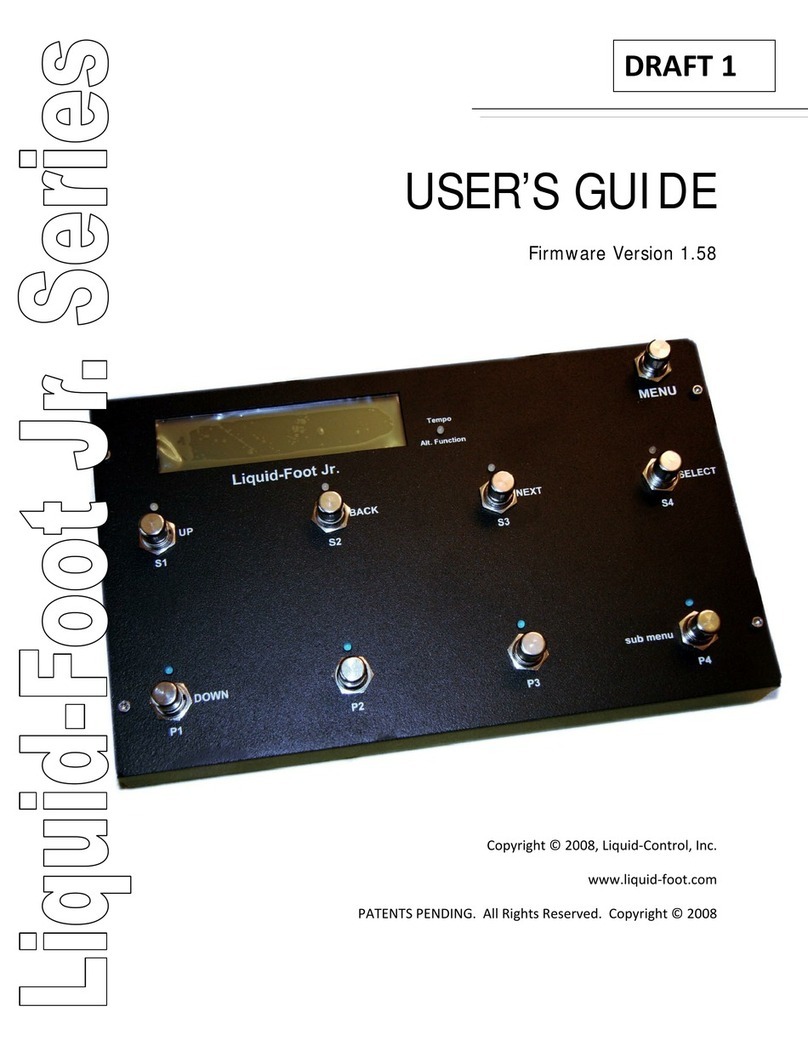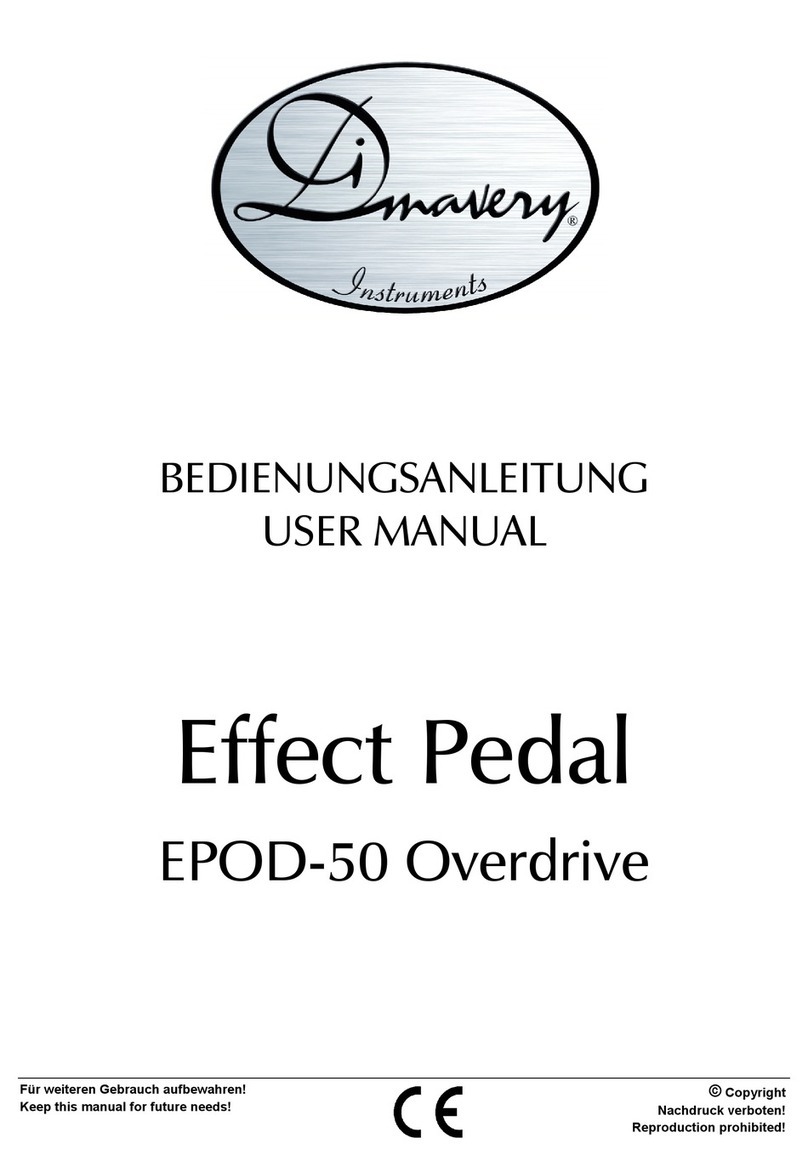4
Installing a Divided Pickup
The Roland GK-3 provides an easy way to add
divided pickup capabilities to your favorite guitar.
It can be easily attached to most electric guitars
with no modification to the instrument, and it
can also be attached to many steel-string acoustic
guitars as well. (Roland’s previous generation
divided pickups—the GK-2A and GK-2—can be
used with the VG-99, too.) Roland also offers the
GK-KIT-GT3, a kit version of the GK-3 that can
be permanently installed inside your instrument
(professional installation is required).
Another option is to purchase and install a piezo-type divided pickup
system. These systems incorporate pressure-sensitive piezo elements in
bridge saddles that replace the original saddles on your guitar. The output
from the six individual saddles is then fed to a preamp with a 13-pin output.
A piezo divided pickup system is necessary in applications where the GK-3
can’t be used, such as with a nylon-string instrument, or with any instrument
that has an unusually wide or narrow string spacing. A piezo system can also
be installed on a standard electric guitar as an alternative to the GK-3. Pickup
manufacturers such as RMC, L.R. Baggs, and Graph Tech Guitar Labs offer
piezo divided pickups. In most cases, professional installation is required.
RMC piezo pickups on a Breedlove steel-string acoustic guitar (left) and
a Godin Multiac SA nylon-string guitar (right)
If you wish to purchase an instrument with a
divided pickup built in, guitar manufacturers such as
Fender, Godin, Brian Moore, Breedlove, Carvin, and
many more offer “Roland-ready” or “synth access”
guitars. These instruments are factory-equipped
with divided pickups and 13-pin outputs that can
be plugged directly into the VG-99 or any previous
V-Guitar System, as well as most Roland guitar
synthesizers and guitar-to-MIDI converters.
Alternate Tunings and Polyphonic Effects
Once the VG-99 has each strings’ signals, it converts them to digital
information so they can be processed individually with its digital brain.
Besides transforming your guitar into any of the instruments described
previously, applying processing to each string individually allows for some
wild realtime pitch-shifting and effects options with COSM instruments,
such as the following.
Instant alternate tunings—
• At the touch of a button, you
can instantly change your COSM instrument’s tuning
to whatever you like. DADGAD, Open D/E/G/A, and
various drop tunings are among the many presets, and you can create
your own user tunings as well.
Pitch-bend effects—
• You can change the pitch of an individual string or a
combination of strings using one of the VG-99’s controllers. This allows
you to create pedal steel and “B-bender” effects.
12-string emulation—
• COSM lets you turn your guitar into a 12-string,
with both fine and course pitch control of the secondary strings.
Harmony—
• Play instant harmonies based upon a key and scale that you
determine.
Polyphonic effects—
• or“Poly FX”allow you to apply powerful
effects processing to each string individually. Available
Poly FX include compression, distortion, octave, and Slow
Gear.
So, Is It a Guitar Synthesizer?
Because it alters the entire guitar sound, has synth-type voices on board,
and interfaces with a divided pickup, the COSM instrument modeling in a
V-Guitar System is often mistaken for a guitar synthesizer. It’s not, however;
COSM actually does all its modeling magic in real time using super-fast
digital signal processing (DSP) chips to alter the guitar’s sound as you play.
In this way, it’s more akin to using a multi-effects processor—well, actually
multiple super-powerful multi-effects processors, all running at once.
Guitar with a Roland GK-3
Divided Pickup installed
13-pin jack on a
Brian Moore iGuitar
